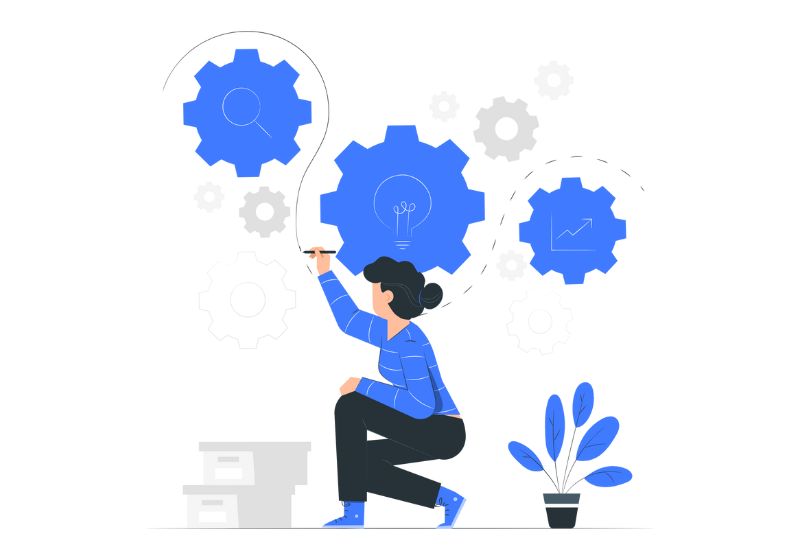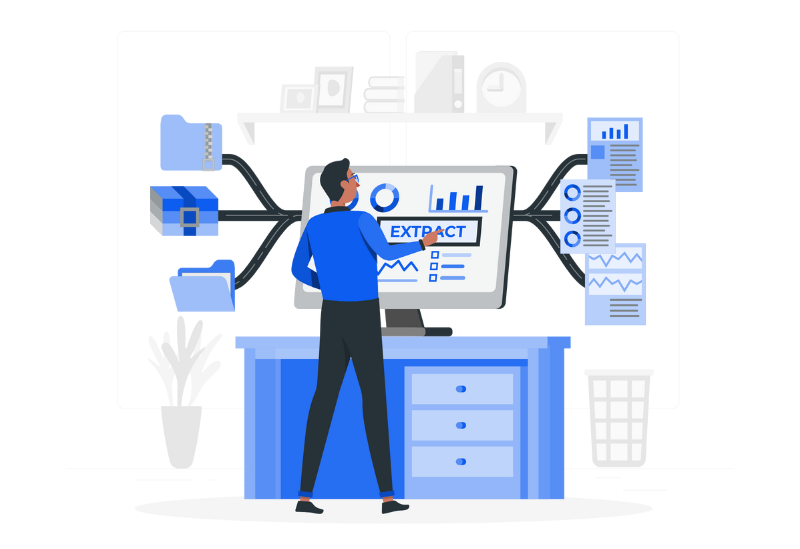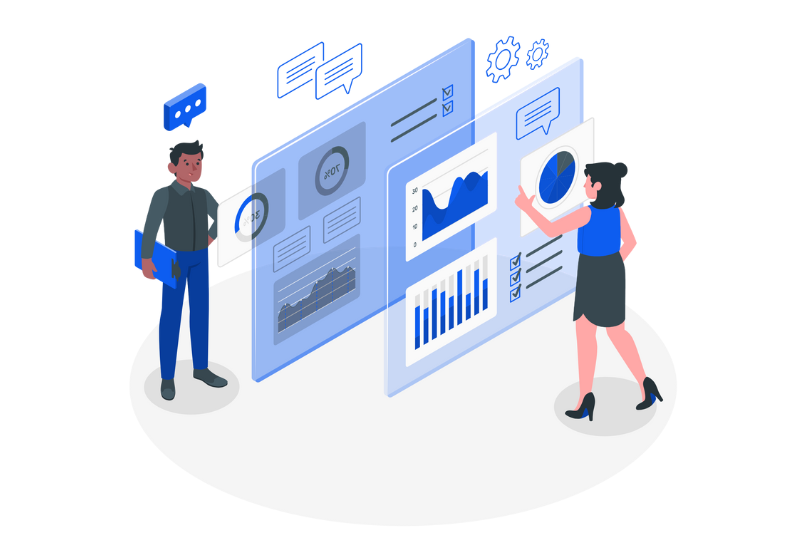For decades, market researchers built authority through methodological rigor by doing it all on their own: designing studies, crafting questionnaires, and validating data. But in an AI-driven world, the role of researchers is shifting rapidly.
AI now accelerates almost every operational part of research - from data collection to synthesis to interpretation. What once took weeks can be done in hours.
As a result, the unit of work is no longer the individual study, but the entire research system.
From Fragmented Insights to Continuous Intelligence
Traditional research revolved around executing discrete projects.
With AI, the real value lies in how insights compound across studies, how logic and memory are managed, and how decisions are consistently supported.
Automating isolated tasks like summaries or clustering isn’t enough. Without system-level orchestration, the benefits are shallow and unsustainable.
Why Market Research Needs Infrastructure
The challenge for Market Research and Insights isn’t just skills, it’s structure. Researchers now need infrastructure that:
- Encodes consistent research logic
- Enables cumulative learning
- Governs how AI fits into human workflows
- Ensures insights reach the right decision points
This is the foundation of continuous intelligence. And it’s where researchers must step up.
The Researcher’s New Remit
Instead of focusing only on delivering studies, researchers must now own how research runs. That means:
- Contextualizing AI: Deciding where AI adds value and setting guardrails for quality.
- Designing Adaptive Methodologies: Creating frameworks that evolve with feedback, business needs, and performance.
- Embedding Insight into Decisions: Ensuring research outputs directly influence strategy, planning, and execution.
Owning the Shift
Researchers don’t need to become technologists. But they must take ownership of the workflows, guardrails, and systems that define how AI integrates into insight generation.
If they don’t, that responsibility will shift elsewhere. And what’s lost won’t just be quality, but relevance.
This is an abridged version of the full article originally published in ESOMAR Research World. Read it here >



